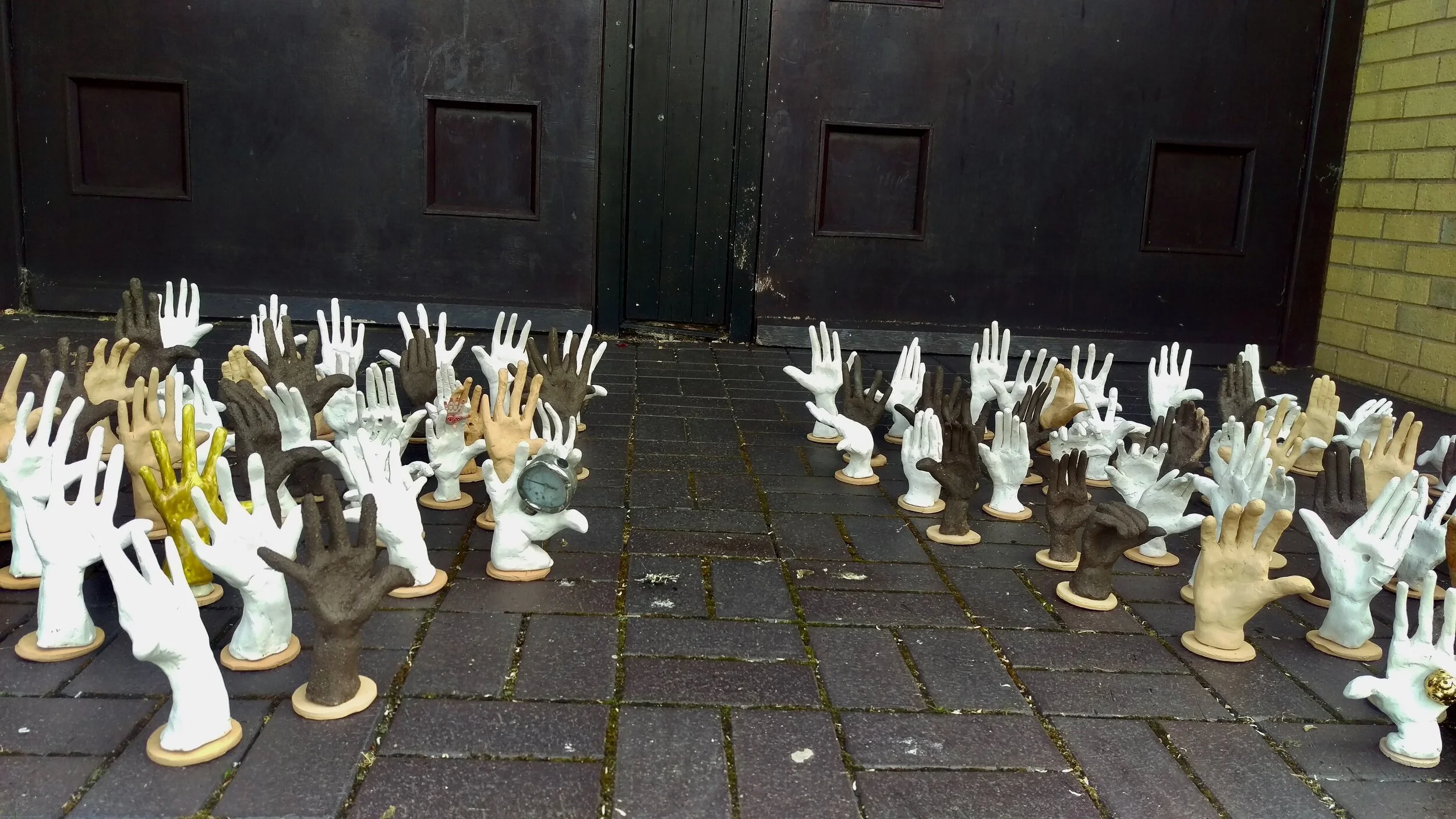It’s been a few weeks since I started my placement, so here’s a bit of an update as to what I’ve been doing!
I’ve been spending the majority of my time researching patients from Powick Asylum, to try and trace their families and to see if I can find out any information about them. This has been through looking at censuses, as well as birth, marriage, and death records. It isn’t something that I’ve had a lot of experience with before so I’ve definitely learnt a lot along the way.
The patients’ medical notes are where I look first, and they usually give a good idea of the person’s age, marital status, and where they were from. Some are more helpful than others, for example, tracing George Spicer has been quite difficult when his notes say ‘the history of this man is unknown’!
Finding Caroline Martin was much easier; her notes say that she was the wife of a Game Keeper, and that she lived in Hanbury.
From this, I was able to find record of her in the 1891 census, which notes that Caroline Martin, aged 44, from Toddington, Bedfordshire, lived at the Keeper’s Cottage in Hanbury. Her husband was Frederick Martin, a Game Keeper from Doderington, Gloucestershire, and their children Seymour, Edward and Marrietta.
1891 England, Wales & Scotland Census
Keepers Cottage, Becks, Hanbury, Droitwich, Worcestershire, England
Her husband Frederick Martin is then listed in Littlebury's Directory & Gazetteer of Worcester & District, 1879 as the head gamekeeper for Sir Harry Foley Vernon of Hanbury Hall, which I thought was quite exciting!
The information in the case notes can be very helpful in finding people, especially when there are discrepancies in the censuses. Arthur Malpas, was another patient at Powick Asylum, who was admitted in 1895. However, I was puzzled for quite a while, because I found that there was absolutely no one called Arthur Malpas who had lived in the area at the time! However, the information in his case notes suggested that he was married, and gave me his age, (he was 38 in 1895, which put his year of birth at around 1857), as well as his occupation, as a Post Office Clerk.
I was then able to search the censuses using this information, and discovered that Arthur Malpas was in fact Arthur Malpass, which is why I was originally unable to find him! The 1891 census showed that 34-year-old Arthur Malpass, worked as a Post Office Chief of Clerk, and lived in Stourbridge with his wife Eliza.
1891 England, Wales & Scotland Census
Beale Street, Stourbridge, Worcestershire, England
Now when I’m struggling to find someone, I keep in mind that there may be discrepancies in the spelling of names. When researching the family of Arthur’s wife, Eliza (née Billiald), I also struggled to find the name of her mother. The marriage record showed that Alfred Billiald had married Jane Hannah Tipper in 1855, but I could find no Jane Hannah Billiald in the census.
Staffordshire Marriages
This was, I discovered, because in the 1861 census, her name had been written as ‘Johannah’ which had been recognised as ‘Johanna’, which meant that it wasn’t picked up in the search results.
1861 England, Wales & Scotland Census
21, Brunswick Street, Wolverhampton, Staffordshire, England
These are just a few interesting examples of things that I’ve discovered about working with censuses, and each instance has helped me to know things that I should consider, or look out for. I’m really enjoying spending time searching for the patients; it’s interesting to find out where they’re from, and perhaps whether they’ve moved a long way away from where they were born, or if they’ve stayed in the same village for their whole life, or maybe if they’ve had lots of children, or none at all. It’s very rewarding to learn about them, and to be able to imagine the lives that they led, rather than just seeing them as a patient number. As I mentioned earlier, this isn’t something that I’ve had a lot of experience with, and I’ve definitely found that the more time I spend researching, the easier it gets. Trawling through censuses is very time-consuming, and there are definitely a lot of dead ends, which makes it all the more exciting when you find something!
If you want to find out more about patients from Powick Asylum, head to this page and search for someone!







